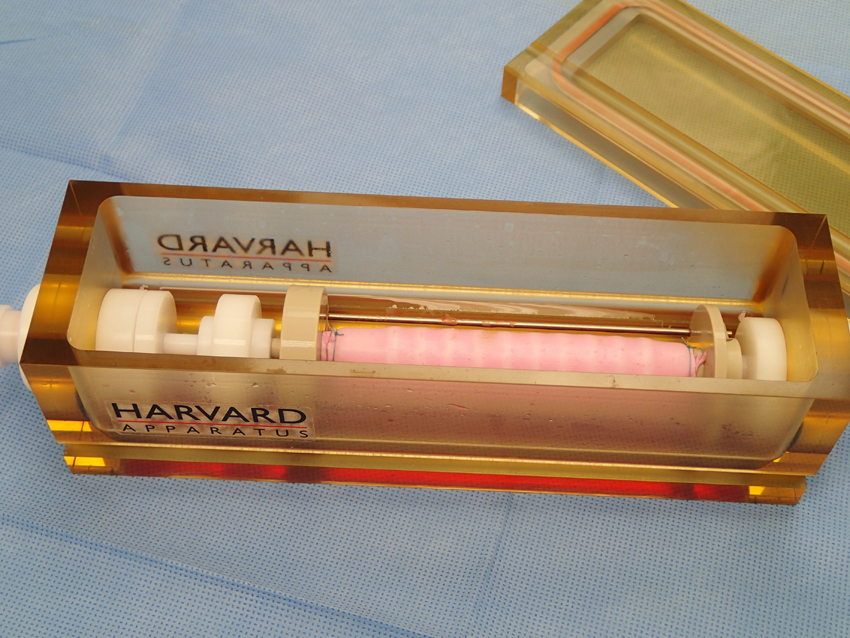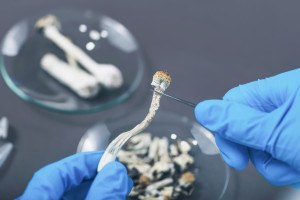Synthetic Organ Made in Boston is Used in Transplant

The regenerated trachea. Photo courtesy of Harvard Apparatus Regenerative Technology
Growing organs outside the body sounds like something out of a science fiction movie, but it’s happening right here in Massachusetts. The Holliston-based, Harvard Bioscience-owned company Harvard Apparatus Regenerative Technology, a group that specializes in life science research and regenerative medicine, announced today that it helped to provide an entirely regenerated trachea for Hannah Warren, a 2-year-old girl born without one.
The trachea was implanted earlier this month during a successful 11-hour procedure at Children’s Hospital Illinois that involved operating on Hannah’s neck, chest, and abdomen. Dr. David Pearl, a surgeon at Children’s Hospital, called the groundbreaking surgery “the start of a new age of science and technology” at a press conference at the hospital today. “We can make an organ and create something and not have to take it from somebody else. This is much more elegant and much safer,” he says. “If you could look into the future, this would be the future of organ transplantation.”
Mark Holterman, another doctor involved in Hannah’s surgery, added at the press conference that, “This opens up a whole new area where we can fix a lot of our children with birth defects. If we can use their own natural cells and a scaffold and give them some help, we can fix them.”
The process of building the trachea was a feat of modern engineering. First, doctors harvested stem cells from the bone marrow in Hannah’s hip so the device could contain her own cells. From there, Harvard Apparatus’ technological savvy took over. Harvard Bioscience President David Green explains that after surgeons estimated what the length and diameter of Hannah’s trachea would have been, his company set to work building a scaffold, or model, of a trachea made from porous fibers that allow cells to get in and amass. Then, the scaffold is placed in a bioreactor containing the stem cell solution for several days so that it can become coated in the patient’s cells. “If we didn’t do that and we just put the scaffold in blank or dry, then there would be a huge inflammatory response,” Green explains. “By coating it with the cells, you reduce that inflammation response, the airway stays open, and then Hannah’s own body starts to change the cells that we put it into trachea cells.”
Green says this regenerated trachea procedure has had, in its early days, a much higher rate of success than heart or liver transplants in their first stages, noting that six of the seven patients who have had the surgery are still alive. “I really think we’re at the beginning of a new era in medicine here where you can actually grow organs outside the body for transplant into the body,” Green says.


